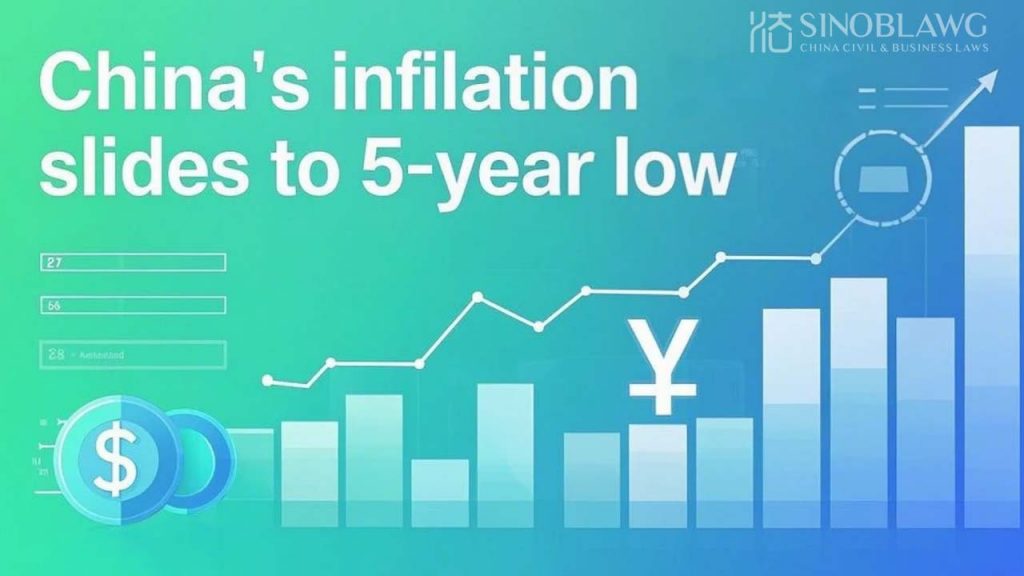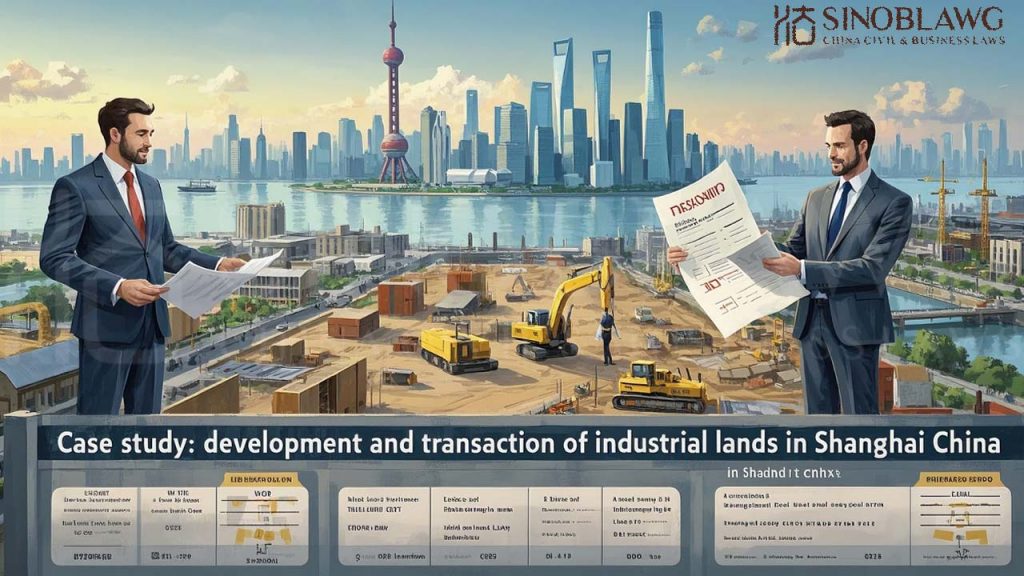Low Inflation Rate
According to the National Bureau of Statistics, China’s inflation rate slides to 5-year lowest in September.
Meanwhile, the producer price index, a measure of inflation at the factory gate, fell 1.8 percent last month, after slipping 1.2 percent in August. In this month, the consumer price index increased only 1.6% year-on-year, which is the smallest growth from January 2010 and 2% decrease from August. The destocking amid sluggish domestic demand in large extent is the main reason why the slide occurred. At the same time, the producer price index shows a falling trend that continues decline to 1.8% since August fell to the 1.2%.
Opinion from Economist
An economist from Australia & New Zealand Banking Group, Zhouhao, indicated that, the extent of inflation is larger than prediction, which reflects the need of central government. Besides, Zhou added that China should issue more monetary policy to support economy in case of the risk of deflation arise and moreover, the lower inflation rate can be a opportunity for the move on of monetary policy.
The banks can borrow money at a cheaper price, because before the inflation figures released, the central bank took the action, which decreased to 0.1% of 14-day repurchase rate. Another economist at Nomura, Wendy Chen shows the desire that she expect the central bank can cut their requirement ratio in the final quarter of the year.
Zhou thinks the loosening policies and relaxing policies of property loans the central bank released last month is bias. In August the food costs declined 3% but in September it grew to 2.3% and it affect the consumer prices largely.
Another economist from SJ Grand, Qiumei Yu said when compares with last year, the statistics only influenced by the Mid-Autumn Festival and National Day holidays, as the product’s price rising and thery were a byproduct of the anti-graft and frugality campaign.
The domestic demand is strong relatively when compares with the buoyant trade data, as the data showed, in September the imports increase 7%, but the PPI figures reflect the depressed demand in contrary. Other economist Wang Tao from Swiss bank UBS hold the view that more factors should be take account in. For example, the evidence of a stabilizing economy, and also include the release of September’s industrial production, fixed-asset investment and retail sales figures.
The prediction report from Goldman Sachs has changed, the economic growth rate from 7.3% and 7.2% in third and fourth quarters respectively are reduce to 7.1%, before the China released the third-quarter gross domestic product figure. However, the whole year’s prediction still unchanged at 7.3% but the government’s growth target is 7.5% of full-year. Based on the data from NBS, China’s CPI increased 2.1% year to year in the first three quarters whereas the PPI down to 1.6%.
By Daxue Consulting – data by Chinese Institue and MarketingtoChina








Comments